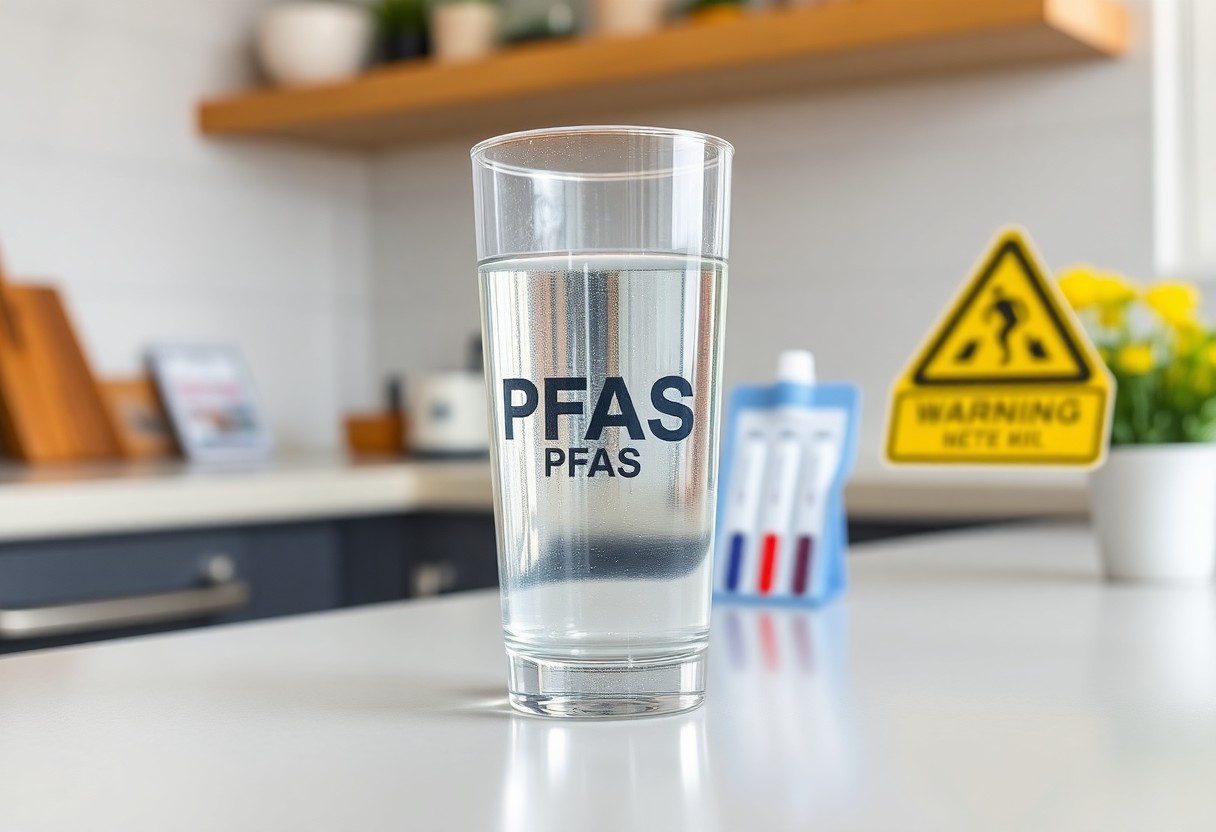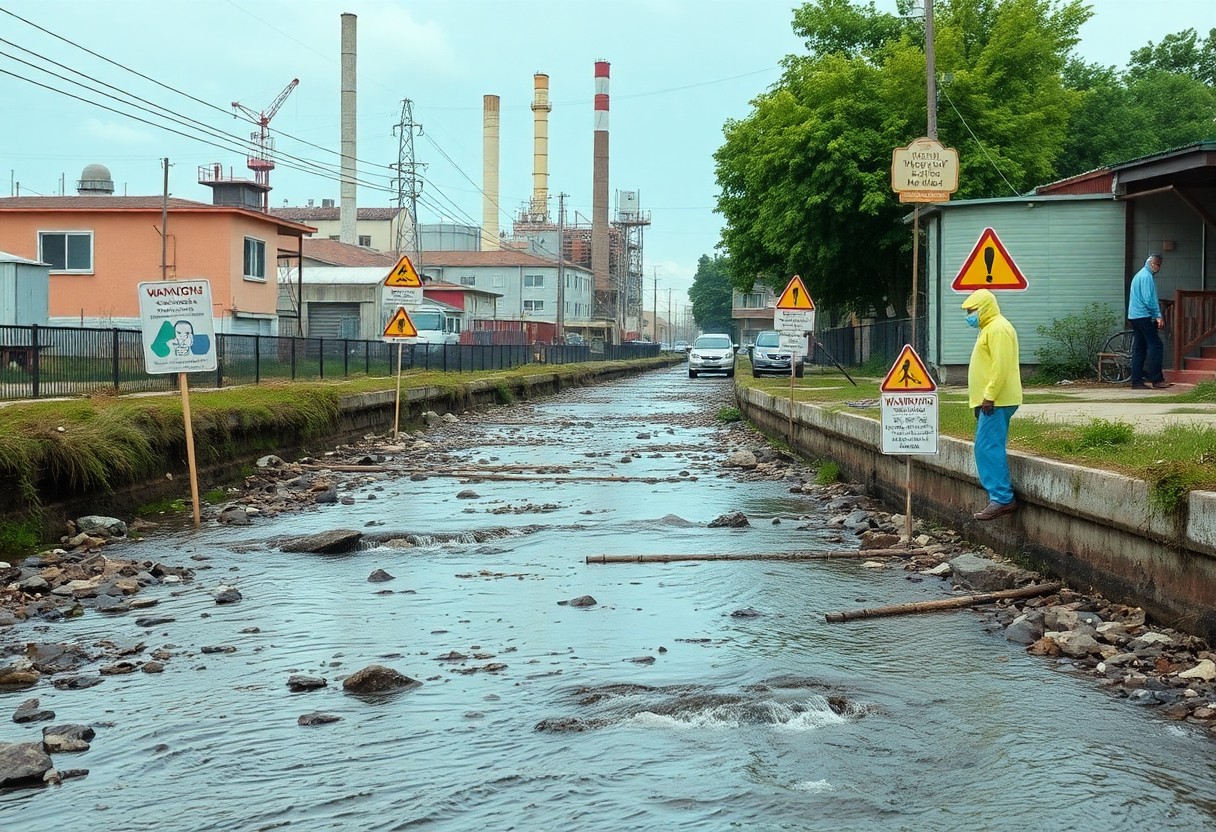It’s necessary for you to understand the implications of PFAS, or per- and polyfluoroalkyl substances, commonly found in outdoor clothing. These chemicals, known for their water- and stain-resistant properties, have recently come under fire for their potential health risks and environmental impact. You may be surprised to learn that several outdoor brands are facing lawsuits related to PFAS contamination, raising questions about consumer safety and accountability. This post addresses the ongoing legal challenges and what they mean for your outdoor gear choices.
Understanding PFAS
While discussions around environmental safety and consumer products intensify, understanding PFAS (per- and polyfluoroalkyl substances) becomes important. These synthetic chemicals, often dubbed “forever chemicals,” are notorious for their persistence in the environment and human body, leading to increasing concerns about safety in various industries, including outdoor clothing.
What are PFAS?
Above all, PFAS are a group of over 4,700 man-made chemicals designed to repel water and stains. Commonly found in numerous consumer products, these substances are linked to various health issues, including immune system effects and certain cancers. Their unique properties contribute to their widespread use but raise significant environmental and health questions.
Sources and Uses in Clothing
After years of implementation, PFAS are prevalent in many outdoor clothing brands, providing water resistance and durability. These applications make items like jackets, pants, and footwear highly functional for outdoor enthusiasts. However, their utility is overshadowed by the potential for harmful effects on your health.
In addition to being important for enhancing the durability of outdoor gear, PFAS are often used in clothing to provide stain and water resistance. This means that your favorite waterproof jacket or stain-resistant pants likely contain these chemicals. Unfortunately, this widespread use raises alarms about your exposure to risk factors related to health, as PFAS do not break down easily in the environment or human body. Over time, exposure to these compounds can accumulate and lead to potential health hazards, emphasizing the need for greater transparency and safer alternatives in the clothing industry.

Health and Environmental Concerns
If you’re an outdoor enthusiast, understanding the health and environmental implications of PFAS in clothing is vital. These substances, often referred to as “forever chemicals,” can linger in the environment and accumulate in human bodies, raising alarms about potential long-term effects on your health and local ecosystems.
Impact on Human Health
Impact studies suggest that exposure to PFAS may lead to various health issues, including weakened immune response, increased cholesterol levels, and potential links to certain cancers. As you wear outdoor gear containing PFAS, you should be aware of these risks and consider how they may impact your overall well-being.
Environmental Contamination
Across the globe, PFAS contamination has become a pressing environmental issue. These resilient chemicals can seep into soil and water, affecting wildlife and ecosystems. You should take heed of the implications of PFAS not just for your health, but also for the natural world around you.
Consequently, PFAS pollution poses serious risks to your environment. Studies have found that these chemicals can contaminate drinking water sources, leading to widespread health concerns in communities. Wildlife that comes into contact with PFAS can experience severe health disruptions, resulting in shifts in ecosystems. As these chemicals are not easily broken down, your local flora and fauna may continue to suffer, impacting biodiversity and food chains. Understanding these consequences is vital for advocating for [stronger regulations](#) and making informed choices about the products you use.
Legal Landscape
Assuming you are following the PFAS issue, it’s vital to understand the evolving legal landscape surrounding these chemicals in clothing. Outdoor brands are increasingly facing scrutiny for their use of PFAS in products, leading to potential lawsuits that may reshape the industry. As more states impose regulations and consumers become aware of the health risks associated with PFAS, manufacturers may find themselves in legal jeopardy.
Overview of Ongoing Lawsuits
On the forefront of this issue, several lawsuits have emerged against outdoor brands accused of using PFAS in their clothing. These cases highlight consumer concerns as well as the environmental impact of these chemicals. Many plaintiffs are seeking damages for alleged misrepresentation of product safety and a failure to disclose the presence of PFAS.
Key Cases Against Outdoor Brands
Across the outdoor apparel market, brands are facing legal challenges that could redefine their approach to product safety. Lawsuits have been filed citing exposure risks, misleading advertising, and violations of state regulations. This shift in accountability emphasizes the need for sustainable practices.
Brands are currently confronting a wave of significant legal actions that expose them to scrutiny and potential financial repercussions. Key cases include allegations of failing to inform consumers about the health risks associated with PFAS in their products, leading to calls for improved transparency. Moreover, some brands face accusations of deliberately omitting PFAS from ingredient lists, raising concerns over liability and consumer trust. These challenges push outdoor brands to reconsider their use of chemicals, potentially leading to positive changes in how products are manufactured to prioritize customer safety.
Brand Responses and Accountability
Your concern about PFAS in clothing is shared by many outdoor brands, prompting them to reassess their manufacturing processes. In response to consumer pressure and legal challenges, companies are actively evaluating their use of PFAS and exploring alternative materials that offer the same performance benefits without the environmental hazards associated with these chemicals. This shift in accountability reflects a wider awareness of the need for transparency and responsibility in the industry.
Industry Reactions to Lawsuits
Along with growing legal pressure, outdoor brands are increasingly vocal about their commitment to sustainability. Many manufacturers are pledging to phase out PFAS from their products, recognizing the potential harm it can cause to both health and the environment. This reaction is not merely defensive; it signifies a broader industry shift towards embracing more eco-friendly practices.
Initiatives for PFAS Reduction
Industry initiatives aimed at PFAS reduction are gaining momentum, as brands actively research and develop safer alternatives. Reactions to the threat of lawsuits have catalyzed efforts to eliminate PFAS by investing in innovative technologies and sustainable materials. Some companies are collaborating with environmental organizations to establish standards for transparency and accountability in their supply chains while also educating consumers about the risks associated with chemical exposure. These initiatives reflect a strong commitment to not only meeting legal obligations but also to fostering a healthier planet for future generations.
Consumer Awareness and Action
Many consumers are becoming increasingly aware of the risks associated with PFAS in clothing, prompting a demand for safer, more transparent products. As outdoor brands face scrutiny and potential lawsuits, shoppers are actively seeking information to make informed decisions that align with their values and health concerns. Your awareness not only influences your purchasing habits but also drives companies to adopt safer practices in their manufacturing processes.
Educating the Public
Any discussion about PFAS should start with educating the public on what these chemicals are and their associated health risks. By sharing information through various channels, including social media, blogs, and community events, you can better understand the implications of PFAS in clothing. Knowledge empowers you to advocate for better regulations and safer alternatives in the outdoor apparel industry.
Making Informed Choices
Around outdoor gear purchases, it’s vital for you to seek out brands that prioritize safety and transparency regarding PFAS. This means looking for products labeled as “PFAS-free” or those that comply with stricter environmental standards. You can support companies committed to sustainability, influencing the market towards a healthier direction.
Another strategy to enhance your purchasing decisions involves researching the brands you are interested in before you buy. Look for detailed product descriptions, certifications, and manufacturer policies on chemical usage. Utilizing resources like online product reviews and certifications can lead you towards brands that actively avoid harmful substances like PFAS. This behavior not only protects you but also encourages businesses to develop safer and more sustainable products for all consumers.
Future Outlook
Now, as awareness of PFAS in clothing grows, outdoor brands may need to adapt significantly to meet evolving consumer and regulatory expectations. The potential for increased lawsuits can lead to a shift in how these companies manage their supply chains and product development. You may see brands taking strides to prioritize transparency and sustainability, ensuring that their products align with the increasing demand for safe and eco-friendly options.
Regulatory Changes on the Horizon
Regulatory changes are expected to impact the outdoor clothing industry significantly. As governments worldwide recognize the potential health risks associated with PFAS, new regulations will likely emerge to limit or ban these chemicals in consumer products. You should keep an eye on these developments, as they could influence which brands thrive and which struggle to adapt.
The Shift Towards Sustainable Alternatives
Around the globe, consumers are pushing for more sustainable options in outdoor apparel. There is a growing awareness of the environmental and health impacts of PFAS, prompting brands to explore alternatives. You may notice companies investing in research and development to create materials that are not only effective but also biodegradable and free of harmful chemicals. This shift is crucial for meeting your expectations and protecting the planet.
Towards a more sustainable future, outdoor brands are increasingly focused on adopting innovations that prioritize your health and environmental safety. By transitioning to renewable resources and eco-friendly materials, companies aim to eliminate the use of PFAS in textiles. This goal not only helps safeguard your wellbeing but also addresses the environmental crisis by reducing harmful chemical runoff into ecosystems. As you choose outdoor clothing in the future, you’ll have more options that reflect your values and contribute to a cleaner, safer planet.
Final Words
So, as you navigate the complex landscape of outdoor apparel, it’s important to be aware of the potential health risks associated with PFAS in clothing. With increasing scrutiny and looming lawsuits against well-known brands, staying informed enables you to make choices that prioritize both your health and environmental sustainability. Your awareness and decisions can influence the industry as brands adapt to consumer concerns and regulatory pressures. By choosing PFAS-free options, you contribute to a shift towards safer, more responsible practices in outdoor apparel.



















